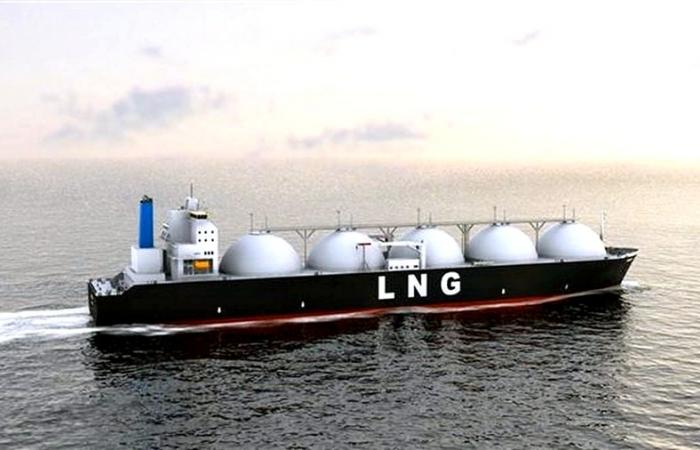Regarding the evolution of gas trade, the GECF report highlights that in May 2024, global LNG imports decreased by 3.9% (1.34 Mt) year-on-year to reach 33.1 Mt.
The Gas Exporting Countries Forum (GECF) highlights the growth of the global gas industry, against a backdrop of rising gas and LNG prices, revealed by its monthly report. It appears that spot prices of gas and LNG in Europe and Asia recorded an increase for the third consecutive month, fueled by geopolitical instability and the breakdowns of several LNG installations.
The upward gas curve is also supported by growing demand from Asian buyers. “The average spot price of the TTF thus rose to $10.11 per MMBtu, an increase of 11% month-on-month.
The average NEA (North East Asia) LNG spot price increased 11% month-on-month to $10.81/MMBtu. Meanwhile, in the United States, the Henry Hub reversed losses from previous months, reaching a four-month high, averaging $2.1/MMBtu,” the report noted.
As for gas production, the GECF document indicates that in May 2024 “American shale gas production increased by 1% year-on-year to reach 87.4 Bm³, while gas production European Union continued its annual decline to remain at 15.7 Gm3 in April 2024.
A decline mainly due to continued reductions in British and Dutch production. In Asia, on the contrary, China is maintaining the growth of its gas production, “with a sustained increase of 4.8%, year-on-year”. Other key highlights of the report include that “EU consumption was down 6% year-on-year, while US consumption was up 1.7%”, and that China recorded a continued growth, expected to reach “8.5% in 2024”.
Regarding the evolution of gas trade, the GECF report highlights that in May 2024, “global LNG imports decreased by 3.9% (1.34 Mt) year-on-year to reach 33.1 Mt. Europe, the decline in LNG imports was due to lower gas consumption, high levels of gas storage and the significant gap between LNG spot prices in Asia-Pacific and Europe.
Furthermore, “pipeline gas imports into the EU reached 13.6 billion cubic meters, remaining in the same stable range as in recent months.”
In the Asia-Pacific region, conversely, the strong growth in LNG imports is explained by the increase in gas demand due to the replenishment of stocks during the summer, the increase in demand on new markets and attractive spot prices for LNG.
The report further states that “the average volume of gas stored in May 2024 in Europe increased to 68.5 billion cubic meters, or 66% of gas storage capacity levels. In the United States, the average level of gas storage also increased, reaching 77.0 billion cubic meters, or 57% of the country’s capacity.
In both regions, underlines the GECF, the level of stored gas is significantly higher than the five-year historical average. In Asia, after falling in recent months, the combined volume of LNG stored in Japan and South Korea increased to 14.4 billion cubic meters, the document further said.






